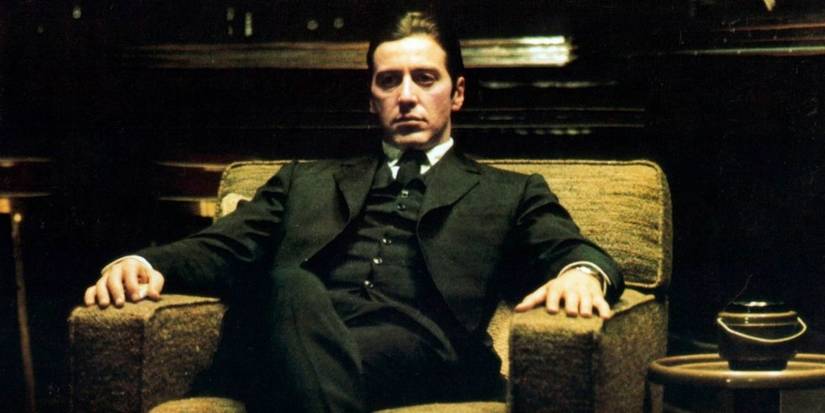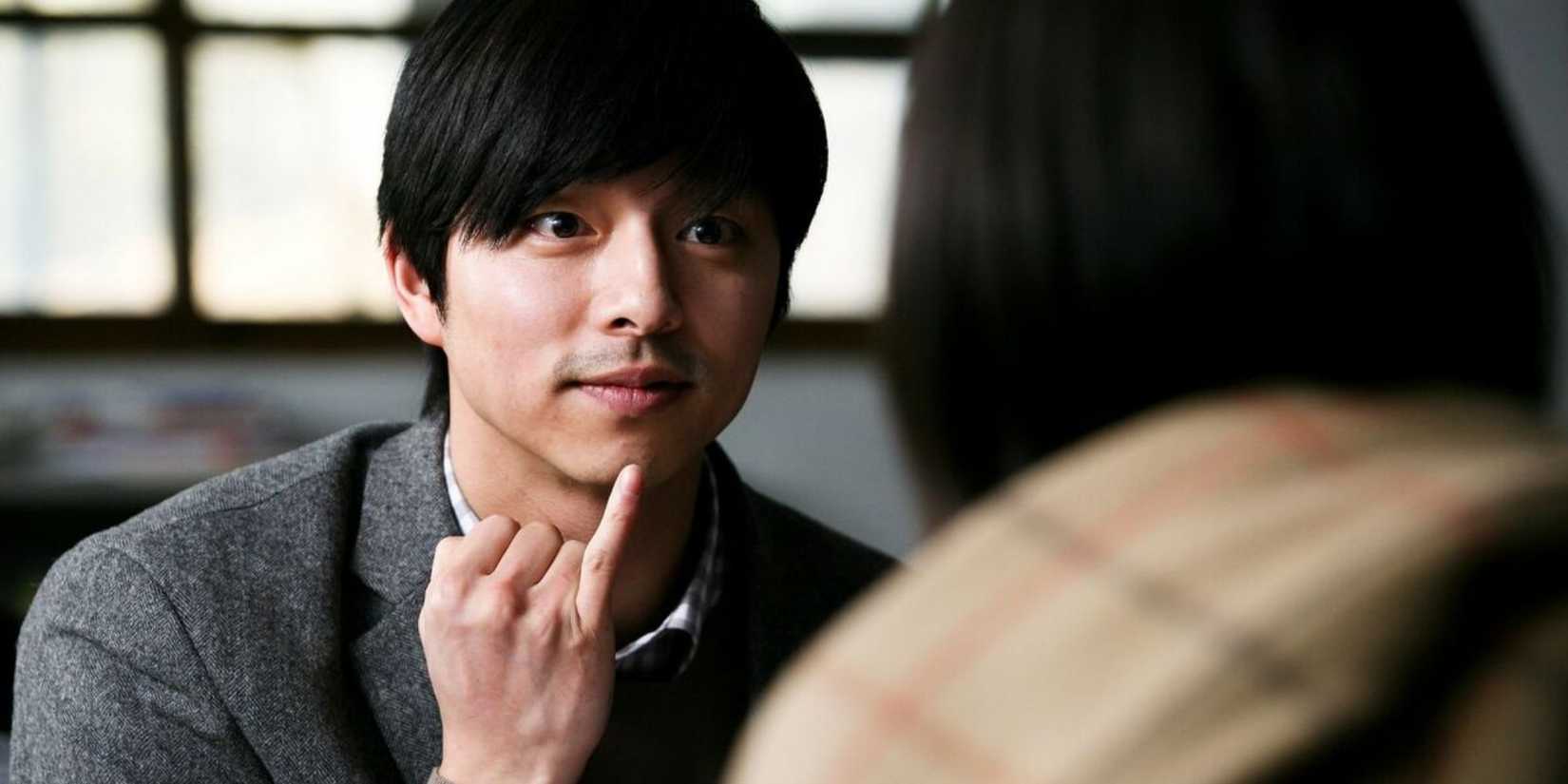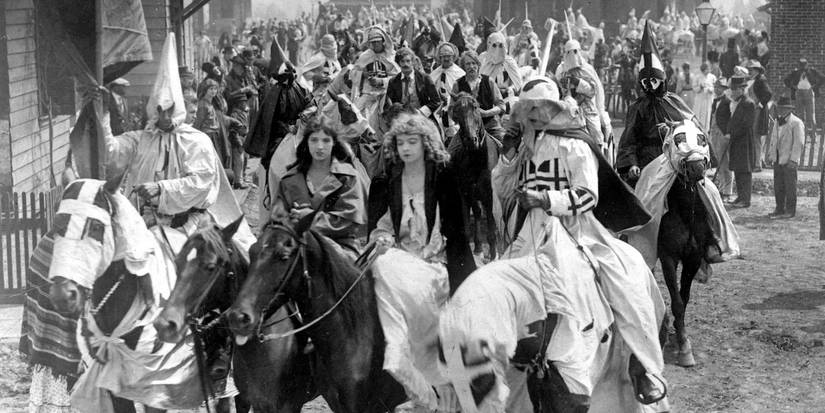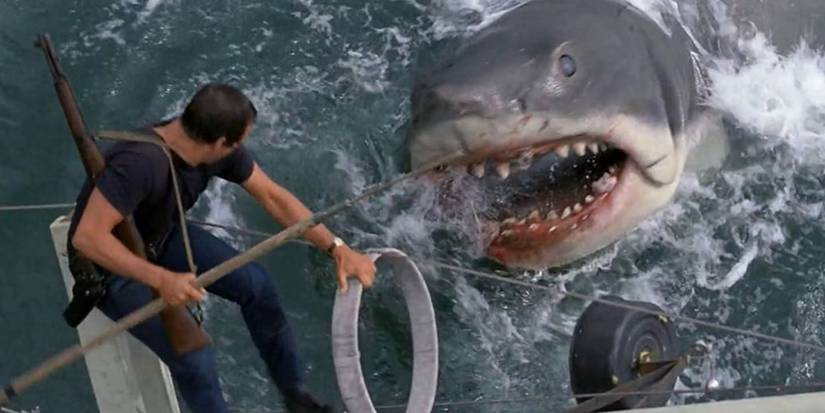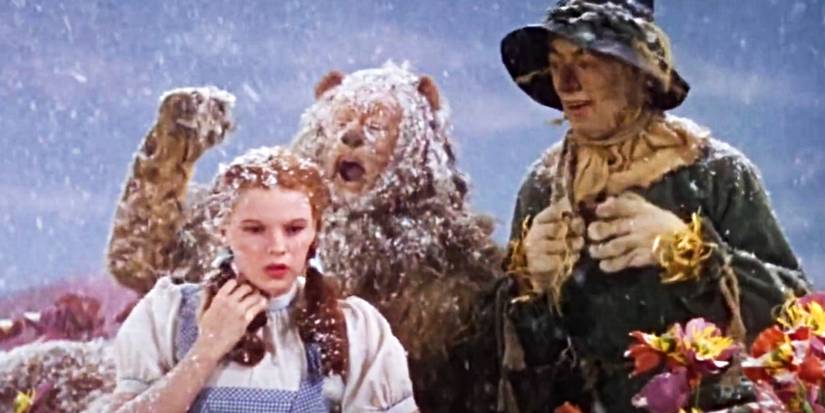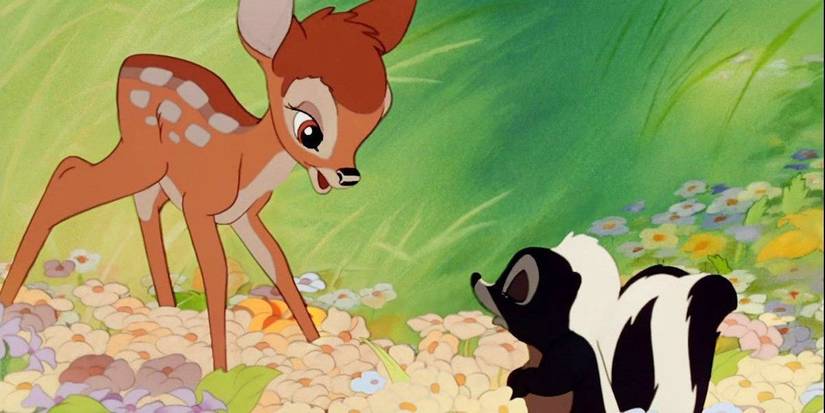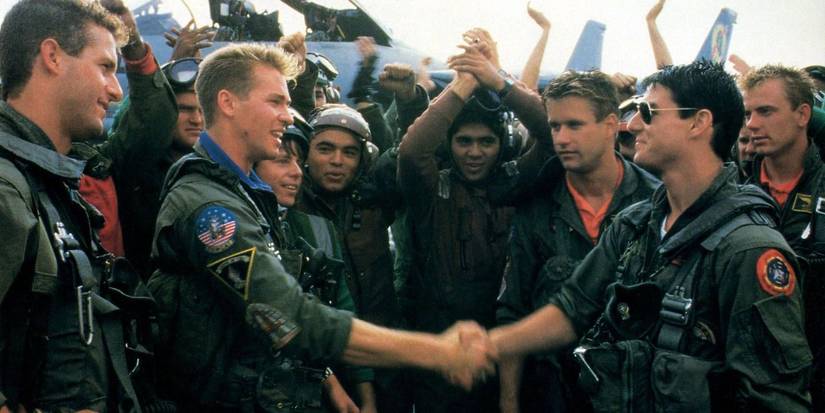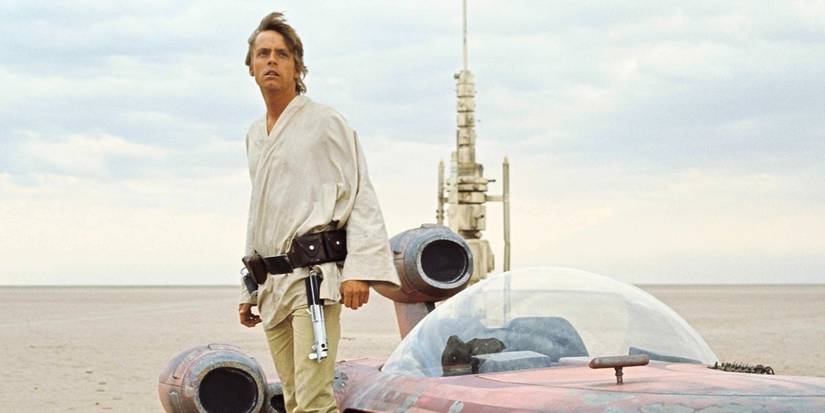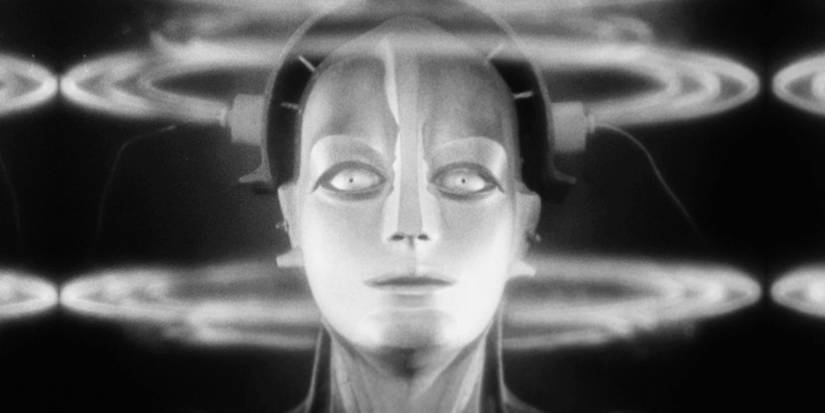Cinema is arguably the most powerful art form: it can move, inspire, enrage, and excite millions of people at once. A good filmmaker shapes reality however they want, magically capturing and bridging perspectives, amplifying new voices, and showcasing daring and compelling stories. That’s how social change happens. You can read a headline and feel nothing, but when a movie puts you inside the head of a soldier, a refugee, or a cult leader, you can suddenly grasp reality with both hands.
There’s a small group of films that, by portraying reality in a revolutionary way, have managed to not only change a few people’s minds but the world at large. Cinema can change perspectives and ways of thinking for better and worse. These movies had such an impact that they provoked significant enough shifts in people’s perceptions, thus provoking true changes in the real world, proving that reality is stranger than fiction.
15
‘Fight Club’ (1999)
Fight Club is a brilliant movie, and Fincher’s best for many. It portrays the plight of the modern man, what philosopher Karl Popper described as “the strain of civilization,” the feeling of anguish caused by the disappearance of tribal life. The higher standard of living comes with a lack of purpose, a sense of loneliness, and spiritual emptiness, which the protagonist tries to fill with expensive furniture and new gadgets. Capitalism attempts to replace religion but falls short. Apparently, the solution is to beat out strangers to feel alive again.
The film ends with the protagonist killing Tyler Durden, his alpha-male-terrorist-alter-ego played by Brad Pitt, realizing he has gone too far in his attempt to rebel against society. The film clearly portrays the protagonist as confused and misguided, yet ultimately triumphant in reconciling his conflicting selves. Fight Club also tries to have a balanced ending, recognizing the Narrator’s anguish but warning about the dangers of toxic masculinity and of forming a cult as a response. However, this doesn’t stop men’s rights activists from idolizing Pitt’s character to the point of modeling their whole movement after his teachings. But lots of people did it anyway.
14
‘The Godfather’ (1972)
Thanks to The Godfather and the now-iconic Corleone family, everyone knows how the mafia works. Mobsters are not common criminals; they work for a family. Honor is the most important thing for a mobster, along with dressing impeccably. That’s why they don’t deal with drugs; they are respectable. A mobster would only kill in case of betrayal. Actually, all of these tropes were invented for the movie, and real-life mobsters were only too happy to bask in their new reputation.
According to Tim Adler’s 2007 book Hollywood and the Mob, the idea of the honorable and stylish mobster didn’t exist before The Godfather. The mafia was as dirty and brutal as any other criminal enterprise. However, the movie’s representation of the sacred crime family, led by an honorable and respected man who refused to sell drugs, dressed in designer suits, and received as much respect as any important figure in society, completely transformed people’s perceptions of the mafia—and, as it turns out, the mafia itself. Francis Ford Coppola might’ve not wanted to glorify the mafia, but he ultimately kind of did.
13
‘Silenced’ (2011)
Silenced has one of the most disturbing plots ever, and it’s based on a true story. The protagonist (the great Gong Yoo) is hired to teach art at a deaf children’s school. His students behave a bit weirdly—most don’t pay attention and seem somewhat frightened—and the administrators act as if they are hiding something. Then he finds out the ugly truth: the people in charge have been sexually abusing the kids for years.
The film sparked a whole social movement in Korea because it shows how the criminals barely got any jail time after committing such an outrageous crime. Silenced led to the creation of the “Dogani law,” named after the movie’s Korean title, which fixed all the legal issues that allowed the perpetrators to walk scot-free. The controversy also caused the infamous deaf children’s school to finally shut down.
12
‘The Birth of a Nation’ (1915)
The Birth of a Nation revolutionized the way films are made. Through its novel camera angles and dynamic cinematographic techniques, The Birth of a Nation became an object of study for every filmmaker. Too bad it is also the most racist movie ever made. A huge success when it came out in 1915, it became the first movie to be screened at the White House, and it also became the favorite film of every racist person in America.
Because the KKK is portrayed as a group of heroes by director D.W. Griffith, the Klan experienced a surge in membership right after the film came out. Not only that, but the dreadful organization would continue to use the movie as a propaganda tool for decades. Klan leader David Duke would screen the film at recruiting meetings while commenting and narrating it.
11
‘Jaws’ (1975)
Jaws transformed Steven Spielberg from a rookie director into an international superstar. The film about a great white shark terrorizing a beach community off Cape Cod became a huge hit everywhere it was screened. Audiences were absolutely terrified of the giant prehistoric-looking monster that could slice you in half instantly.
In many ways, Jaws invented the modern summer blockbuster; it also fueled the hate towards sharks. A lot of people began to hunt them for sport, believing they were protecting innocent swimmers. Jaws led to a depopulation of sharks by altering audiences’ perceptions. Both the movie and the novel that inspired it turned sharks from obscure, far-away monsters to cruel human hunters, better off dead than roaming the waters in search of helpless children to devour. This change of perception has been described as the “Jaws effect.”
10
‘The Wizard of Oz’ (1939)
The most successful adaptation of L. Frank Baum’s eponymous classic literature, The Wizard of Oz is more than a wild and weird adventure of Dorothy, played by Judy Garland, a young Kansas farmgirl, and her dog, Toto, who get caught in a tornado and are thrust into the magical land of Oz. Dorothy and Toto’s fantastical journey with Scarecrow, Cowardly Lion, and Tin Man is an enduring example of self-discovery, finding courage, and friendship.
The Wizard of Oz is a landmark of cinematic history and is celebrated for pioneering the use of full-color cinematography with three-strip Technicolor, transitioning from the black-and-white Kansas setting to the vibrant land of Oz. It is also one of the rare films to be included in UNESCO’s Memory of the World register. The Wizard of Oz remains relevant across regions, cultures, and generations, with its symbolic interpretations having ranged from political allegories to self-identity, rejection of rigid societal norms, and embracing individuality. —Maddie P
9
‘Bambi’ (1942)
While Jaws gave sharks a bad rap, Bambi did the opposite for deer. One of the best movies from Disney’s Golden Age, it depicts the hunter as the greatest evil, killing Bambi’s mom and scarring the young fawn forever. By anthropomorphizing forest animals, Bambi changed the public’s view of hunting.
It also lent its name to the so-called “Bambi effect.” This refers to the common objection to killing animals considered cute while ignoring the suffering of “ugly” creatures such as pigs. Bambi also led to the creation of Smokey Bear, as Disney loaned the fawn for fire prevention public service campaigns, but only for a year.
8
‘Top Gun’ (1986)
There are few big-screen efforts more exciting than Top Gun, one of the best movies of 1986. Because what could be more thrilling than piloting a supersonic jet? Streaming through the clouds before spotting the enemy ship, a dogfight ensues. Moving a lever a millisecond later could mean sudden death. Top Gun presented an idealized version of the Navy, changing its reputation for an entire generation of hopefuls.
The original Top Gun reportedly increased Navy enlistment numbers by 500%. Turns out that wasn’t true, and the real number was a modest 8%, which is still pretty good, but a lot less quotable. The US military collaborated fully with the filmmakers, providing them with a fleet of planes, carriers, and ships that any country would kill to own. In the end, it was a great investment.
7
‘Star Wars: Episode IV – A New Hope’ (1977)
What would become George Lucas’s magnum opus, Star Wars: Episode IV- A New Hope, became a benchmark in space adventure and introduced a modern hero in the form of Luke Skywalker (Mark Hamill). Luke’s quest to save Leia (Carrie Fisher), the kidnapped leader of the Rebel Alliance, and joining forces with a ragtag group, became the framework for many space adventure films and shows of the future.
Not only did Star Wars: A New Hope lay the foundation for a multi-million-dollar, global multimedia franchise spanning decades, but it also single-handedly revived the sci-fi genre, setting benchmarks for modern films in the genre. By introducing special effects technologies like the Dykstraflex, innovative sound techniques and models, it also set new standards for filmmaking and revolutionized space travel in global cinema. Blending mythological, political, spiritual, and fantasy elements, Lucas revitalizes Joseph Campbell’s heroic myth and creates a narrative that resonates with the global audience even today. —Maddie P
6
‘Metropolis’ (1927)
Fritz Lang’s masterpiece in sci-fi and German expressionist films, Metropolis, takes place in a futuristic, highly advanced, titular utopian society, which is sharply divided between the struggling working class and the upper-class city planners. When Freder (Gustav Fröhlich), the son of the city master, falls in love with the working-class Maria (Brigitte Helm), who prophesies the arrival of a savior, it begins to shake things up.
With its one-of-a-kind visual and narrative elements, Metropolis profoundly influenced global culture, art, and cinema, becoming a hallmark of the Art Deco movement and inspiring future urban architecture. From introducing the first android in cinema and addressing themes of class struggles, social control, and the relationship between humanity and technology, Metropolis became an archetype for sci-fi films, serving as a blueprint for urban dystopian films like Blade Runner, and more. The film remains an ever-relevant commentary on industrial capitalism, automation, labor rights, and economic disparity. —Maddie P


